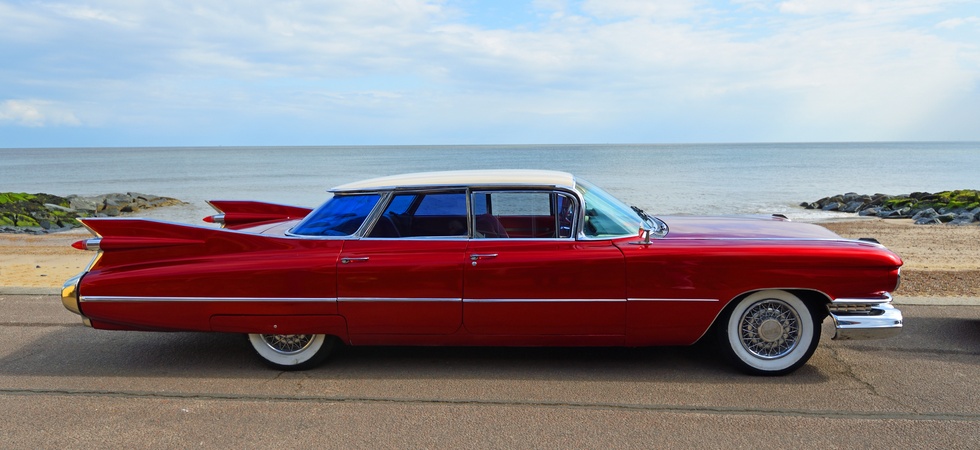How To Spot When Your Lowrider Needs New Wire Wheels

Wire wheels define the classic lowrider aesthetic. These chrome beauties don’t just look good—they deliver the smooth ride that makes cruising such a pleasure. However, knowing how to spot when your lowrider needs new wire wheels keeps you safe and maintains that head-turning style.
Over time, even the toughest wheels can wear down due to daily use, weather, and varying road conditions. Small issues, such as bent spokes or rust, can sneak up on you if you’re not paying attention. Staying on top of wheel maintenance ensures your ride stays low and looks fresh.
Key Warning Signs Your Wire Wheels Need Attention
Even the cleanest lowrider can hide serious wheel issues. Catching the early signs of wear or damage helps you avoid expensive repairs—and keeps your ride smooth and safe. Watch out for these common red flags:
Visible Damage or Bent Spokes
Bent or broken spokes immediately compromise the integrity of your wheel. You’ll notice spokes that don’t align properly or show obvious breaks. This damage affects both performance and safety, creating weak points that can lead to catastrophic failure. Ignoring damaged spokes can put unnecessary stress on the remaining spokes and cause the wheel to collapse completely.
Rust and Corrosion Issues
Weather, road salt, and age cause rust on wire wheels. Corrosion weakens the entire wheel structure, starting as small spots and spreading quickly. Check for orange-brown discoloration, pitting, or flaking chrome. These visual clues indicate your wheels are losing structural strength.
Vibration or Wobbling While Driving
Worn or damaged wire wheels create noticeable vibrations through your steering wheel and seat. Wobbling wheels stress your suspension system and cause uneven tire wear. This problem typically starts small but gets worse quickly, affecting your lowrider’s handling and comfort.
Difficulty Balancing or Aligning Wheels
Wire wheels that no longer stay balanced create handling problems and reduce ride quality. You might notice your car pulling to one side or requiring constant steering corrections. Professional mechanics will struggle to balance wheels with structural issues.
General Wear and Tear Over Time
Wire wheels on lowriders typically last several years with proper care. Age-related wear includes spoke looseness, hub wear, and general deterioration. Regular inspection helps you catch these issues before they become serious problems.
When to Replace Your Wire Wheels
Safety always comes first. Replace wheels immediately if you notice bent spokes, significant rust, or persistent vibration. Don’t wait for small problems to become major headaches.
Preserving your lowrider’s classic appeal requires maintaining those iconic wire wheels.
You might notice some of the common signs you need to replace your car rims—like wobbling, rust, or alignment issues—long before things completely fall apart. Fresh wheels transform your ride’s appearance and ensure reliable performance.
Keep Your Lowrider Rolling Smooth
Regular wire wheel inspection prevents costly repairs and dangerous situations. How to spot when your lowrider needs new wire wheels becomes second nature with practice. Check your wheels monthly for damage, rust, or wear patterns.
Timely replacement saves money and keeps your lowrider looking sharp. Don’t compromise on safety or style—your classic ride deserves the best. Keep those wire wheels in perfect condition, and your lowrider will continue turning heads for years to come.
